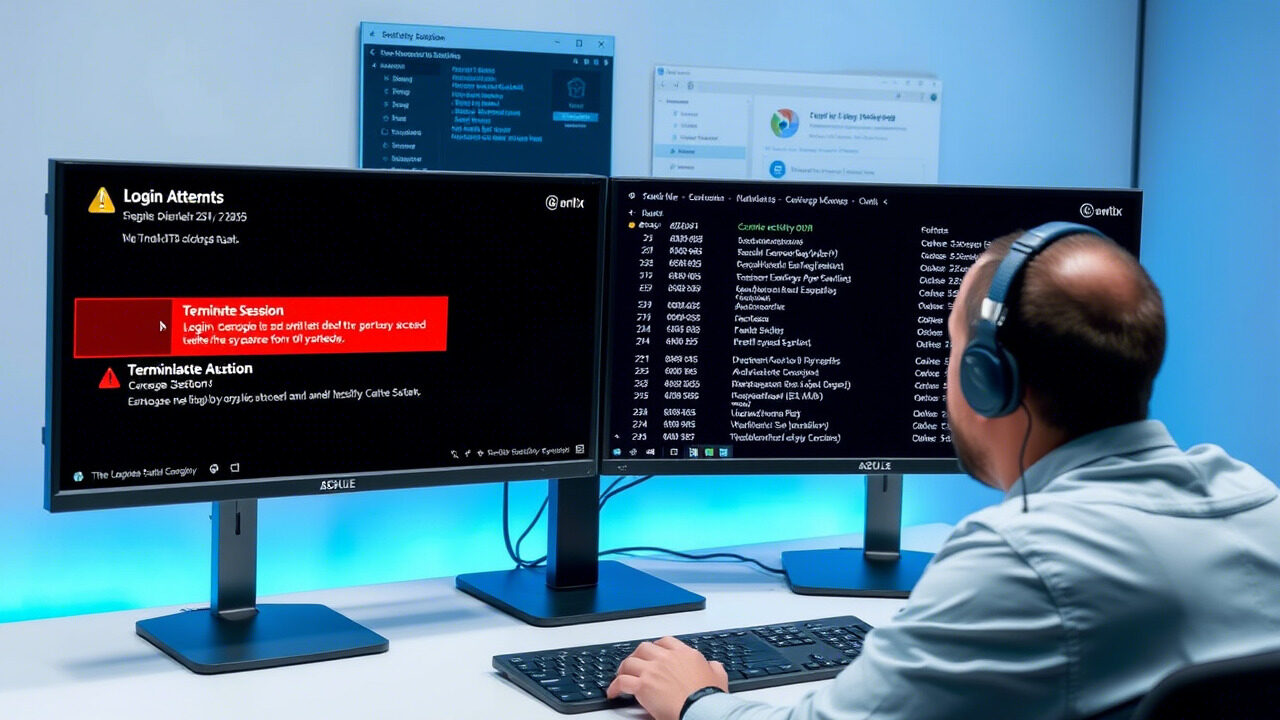Users in the digital office of today frequently manage several accounts spread across applications, systems, and platforms. Mismatch of passwords across these systems causes annoying password synchronization problems that cause login failures, account lockouts, and more support inquiries.
This article will show you through how to fix sync problems, align credentials using Single Sign-On (SSO), and move toward a system of unified credentials for an effortless user experience.

 What Are Password Synchronization Issues?
What Are Password Synchronization Issues?
Password synchronization issues occur when a user updates their password in one system, but it doesn’t update across other connected services. This leads to:
- Login failures across different apps
- Mismatched credentials between cloud and on-prem systems
- Confusion during password resets
These sync issues are common in environments without centralized identity management.
 Step 1: Identify Where Sync Issues Are Happening
Step 1: Identify Where Sync Issues Are Happening
Start by mapping your systems:
- Which platforms use the same credentials?
- Are you syncing between cloud services (e.g., Microsoft 365, Google Workspace) and on-prem directories like Active Directory?
Look for where updates break and track how often users report password-related problems.
 Step 2: Use a Central Identity Provider
Step 2: Use a Central Identity Provider
Adopt a centralized identity service such as:
- Azure Active Directory
- Okta
- Google Cloud Identity
- JumpCloud
These tools allow you to manage unified credentials from a single source of truth and reduce mismatched login issues.
 Step 3: Implement Single Sign-On (SSO)
Step 3: Implement Single Sign-On (SSO)
Single Sign-On (SSO) allows users to log in once and access multiple systems without needing to enter passwords again. SSO also ensures:
- Centralized control of credentials
- Instant password updates across systems
- Fewer login errors and resets
Integrate your apps and services under an SSO solution to eliminate most password synchronization issues.
 Step 4: Enable Real-Time Password Sync
Step 4: Enable Real-Time Password Sync
If SSO isn’t possible for every system, configure real-time sync between your authentication systems.
For example:
- Sync Active Directory with Office 365 using Azure AD Connect
- Use synchronization tools or scripts for cloud-to-cloud password updates
This ensures credentials stay aligned automatically when changed.
 Step 5: Educate Users on Proper Reset Procedures
Step 5: Educate Users on Proper Reset Procedures
Make sure users:
- Always reset their password through the official system (e.g., SSO portal)
- Avoid changing passwords in individual apps or services
- Know where to go for help if they’re locked out
Educating users prevents bypassing centralized tools and reduces sync issues.
 Step 6: Monitor Sync Logs and Errors
Step 6: Monitor Sync Logs and Errors
Track sync status through admin dashboards or log reports. Look out for:
- Failed sync attempts
- Time delays in propagation
- Conflicts due to outdated directory entries
Address these errors promptly to maintain smooth password operations.
Final Thoughts

Problems with password synchronization not only annoy users but also raise security concerns and IT load difficulties. You can fix sync problems and provide a safer, smoother login experience by adopting Single Sign-On, employing centralized identity technologies, and keeping consistent credentials.
 Need Help Setting Up SSO and Password Sync?
Need Help Setting Up SSO and Password Sync?
Let TechNow, the Best IT Support Agency in Germany, help you deploy Single Sign-On, manage cloud directory sync, and align all user credentials for maximum efficiency and security.








